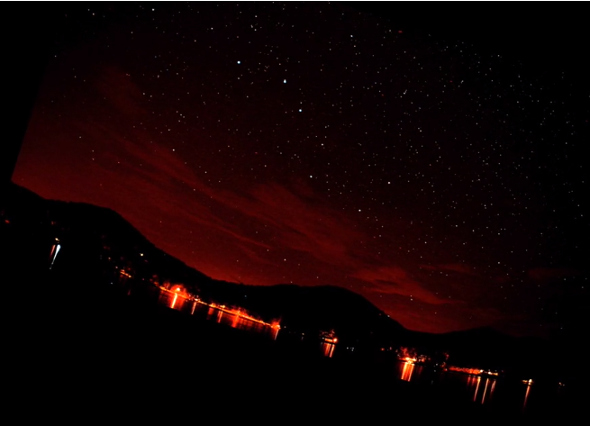Fix’d in Heaven’s Air
We live on a whirling ball of rock thousands of kilometers across. As it happens, most balls of rock that size in the Universe are whirling, so it’s not really weird. It just seems weird.
The reason it seems weird is that the rotation of the Earth is pretty slow when it comes to things we can perceive; it’s not like being on an amusement ride with a small radius and rapid spin. We’re pinned to the surface of a planet, and it’s huge.
We’ve evolved over a zillion years to think the Earth is fixed, and the sky spins around us. That’s why we say the Sun rises, and not “the Earth’s west-to-east angular motion has caused a reflexive apparent motion in the otherwise nearly fixed Sun such that it seems to move in a westward fashion above the eastern horizon,” which honestly, would be too pedantic even for an Internet commenter.
But it’s true. The stars move across the sky because we move under them, we just don’t see it that way.
But what if we could? I bet it would look like this video by neuroscientist and photographer Alex Rivest:
Wheee! That’s fun. He took some time-lapse animations of the sky, then set them up so the stars stay fixed, letting the ground move (he was inspired to try this by a video created by José Selgado). It’s an odd, and subtly disturbing effect. It was neat to see his Mount Everest footage in there, too.
I also stumbled on an interesting illusion: If I kept my eyes on a feature in the sky (a star, or a dark patch in the Milky Way) it does look like the ground is rotating, but if I looked near the edge of the frame, or right where the ground and sky meet, it looks like the stars are moving, or a weird combination of both sky and ground moving.
Our brains are ridiculously easy to fool. But you knew that, right?
Correction, Dec. 18, 2014: This post originally misidentified Alex Rivest as a neurologist. He’s a neuroscientist.


